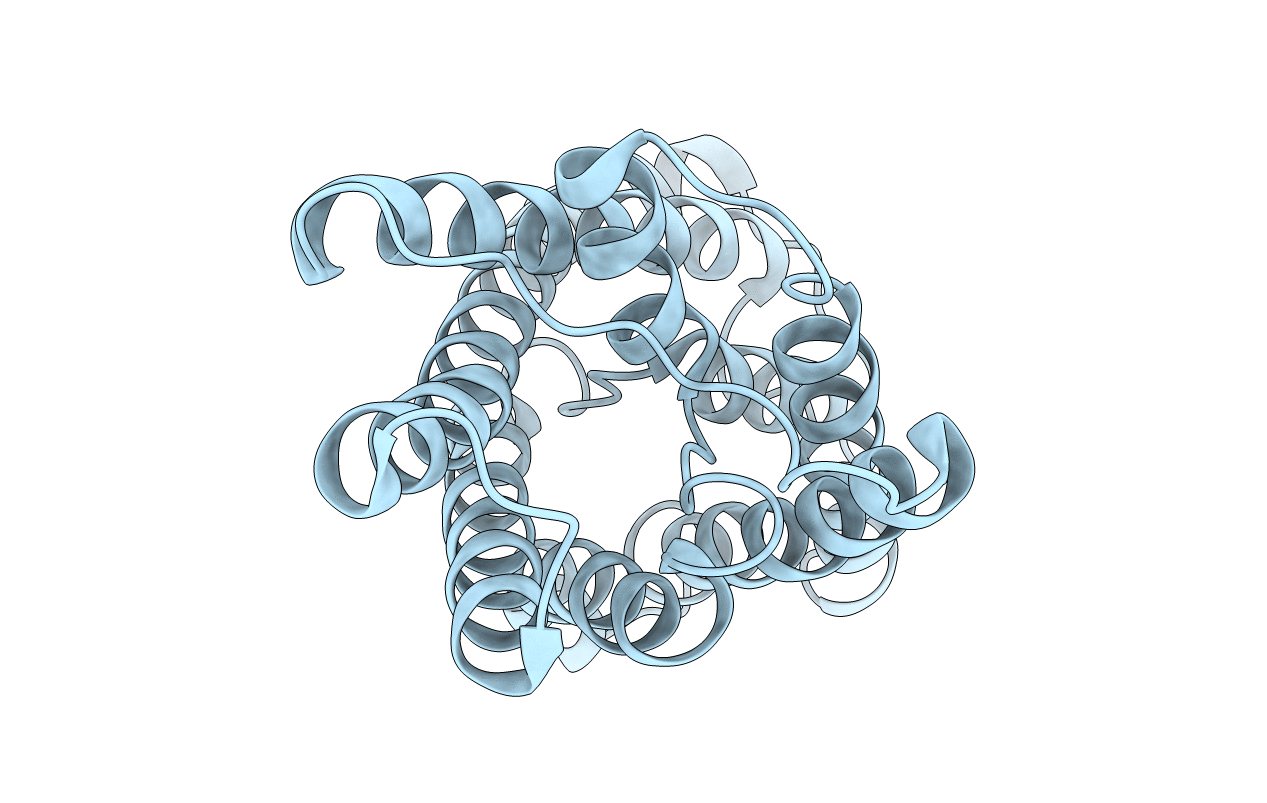
Deposition Date
2016-02-09
Release Date
2016-04-06
Last Version Date
2024-01-10
Entry Detail
Biological Source:
Source Organism:
Arabidopsis thaliana (Taxon ID: 3702)
Host Organism:
Method Details:
Experimental Method:
Resolution:
1.18 Å
R-Value Free:
0.11
R-Value Work:
0.10
R-Value Observed:
0.10
Space Group:
I 4


